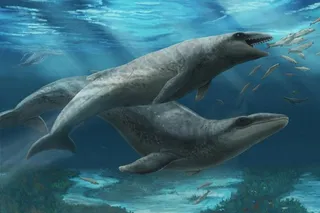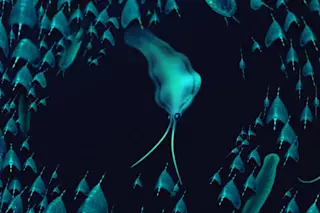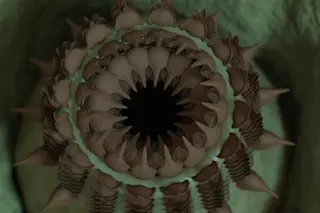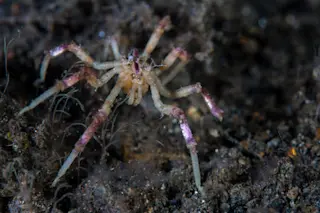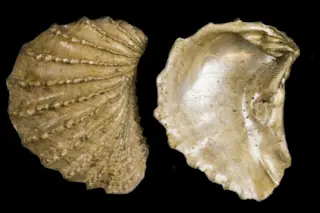I've written about pictures from space of ocean-borne phytoplankton blooms (see Related Posts below), but I recently saw a new one:
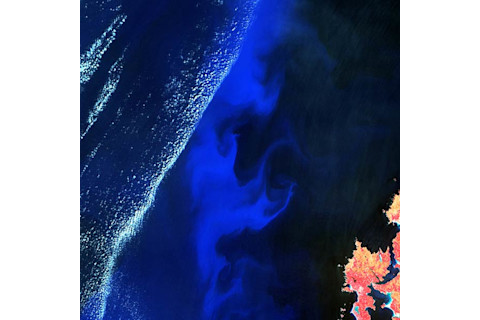
This one was new to me for two reasons. For one, I hadn't seen one such a bloom off the coast of Ireland before -- the three I've posted previously were south of the Equator. You can see the coast of Mayo County in Ireland there on the right. Second, it was from a satellite I'd never heard of: SPOT-5. This is a European Space Agency satellite that observes the Earth to improve our understanding of oceanography and climatology. It has 10-meter resolution, meaning it can spot objects roughly the size of a small house. The picture above shows the Earth in natural color plus infrared; the parts that look red are land-based vegetation, which reflects IR light strongly. That's why the Emerald Isle looks vermillion. Or at least orange and pink. Phytoplankton blooms are interesting; they're sensitive to climate change, so it's a good idea to keep an eye on them. They also produce toxins that can poison the local life, and rob the water of oxygen, so observing them also helps local fishing and other sea-going ventures. They're also beautiful. And yet another reminder that what can be deadly here on Earth can be lovely from space. It's an odd juxtaposition, but one that's very common in nature. Image credits: CNES/Spot Image/ESA
Related Posts: - An ear to the ocean - Stunning view of a bloom from space - Phytoplankton bloom


